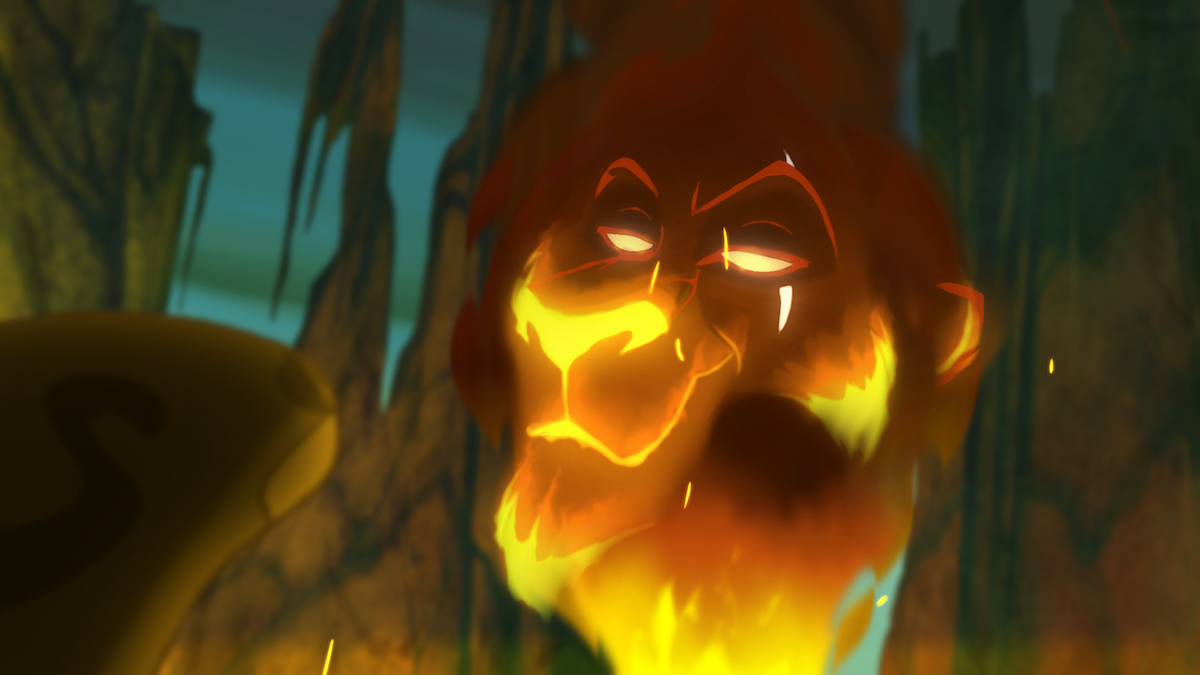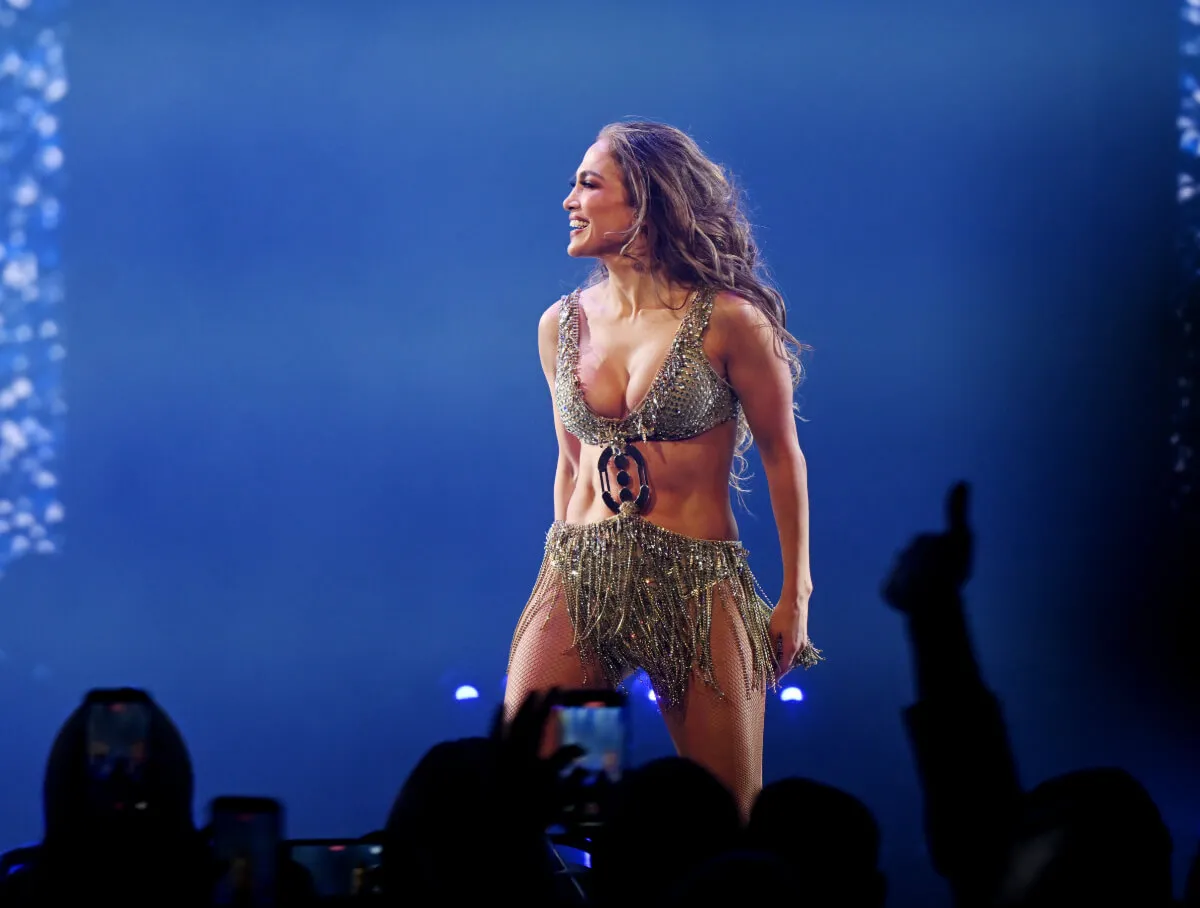‘The Lion King’: Scar Was Originally a Rogue Lion Who Sexually Harassed Nala
The Lion King is one of Disney’s most iconic movies, an animated classic that continues to thrill and inspire viewers on a yearly basis. The movie, which was released in 1994, has inspired countless other films, TV shows, books, and even a well-known Broadway show. These days, people of all ages consider The Lion King to be Disney’s best work. As seamless as the film seems to be, however, there are many stories of difficulties behind the scenes — and the many twists and turns that the storyline took before it became what was immortalized onscreen.
Scar and Mufasa weren’t related in the original ‘Lion King’ drafts
The Lion King opens by telling the story of two very different brothers, the king of the lions, known as Mufasa, and his reclusive, outcast brother, a lion named Scar. While Mufasa works to govern the Pride Lands and raise his young son, Simba, Scar plots to steal the throne from Mufasa. However, in early drafts of The Lion King, Scar and Mufasa weren’t related at all.
According to IMDb, Scar was originally written to be a rogue lion with no relation at all to Mufasa. Eventually, showrunners decided that making the two lions related would be a much more interesting story, providing a “threat from within” theme that would create even more onscreen tension. This explains why Scar and Mufasa are so different in terms of personality and appearance.
What scary storyline was abandoned in ‘The Lion King’?

Another concept that was in the original script for The Lion King featured a storyline that would have made the movie much more terrifying for younger viewers. According to TheKenpire.com, writers originally planned for a scene in which Scar plans for young Nala to be his queen. In the scene, Scar essentially sexually harasses Nala, approaching the much-younger lion very aggressively before she slaps him and gets banished from the Pride Lands for her trouble.
The scene in question was accompanied by a song called “The Madness of King Scar.” The tune was deleted completely from the animated film since the overt sexual harassment was considered very inappropriate for family viewing, and could have ultimately earned the movie a PG-13 rating. The song has since been brought back into the world of The Lion King by becoming part of the stage show — albeit in a different form, delivered in spoken word by several characters, including Scar, Shenzi, Banzai, and Nala herself. The inclusion of the song in the stage show has served a unique purpose, allowing the female voices in The Lion King to be given a more prominent space.
Jeremy Irons made an impact as the terrifying Scar
There were a number of other changes made to The Lion King before it was deemed to be appropriately family-friendly. Notably, at one very early point in the production, the film was going to feature a conflict between lions and baboons, and Scar himself would have been the baboon leader. Rafiki, the wise old mandrill, was even written to be a cheetah. Writers ultimately decided that making the lead characters lions would enhance the film’s iconography.
Jeremy Irons, the classical Shakespearean actor, was cast as the voice of Scar, and to this day, the role remains one of his most popular. Irons fit so well into the role of Scar, in fact, that they worked Irons’ features into Scar’s animated face. The actor’s hard work paid off, and The Lion King ultimately became one of the highest-grossing animated films of all time.


